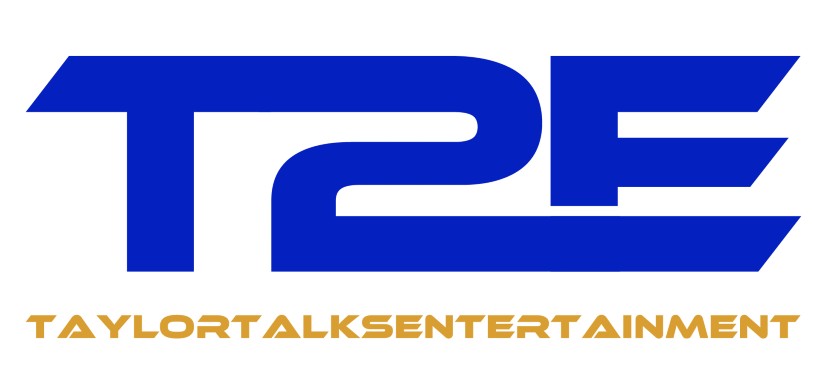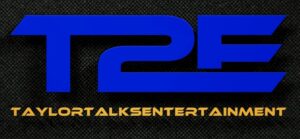Now that we’ve covered the likes of Rodan we can proceed into the heart of the Godzilla marathon without further delays. Today’s film marks a significant turning point in the production and tone of the franchise going forward. This is Toho’s fifth entry in the Godzilla franchise. This is Ghidorah, The Three-Headed Monster!
Introduction & Pre-Production

After the financial and critical success of 1964’s Mothra vs. Godzilla it wasn’t a stretch to assume that the series had recovered from the lackluster performance of Godzilla Raids Again, which put the series in hibernation until the likes of Kong vs. Godzilla revitalized the franchise. With a strong presence, both domestically and abroad, many were excited for what was next for the king of the monsters.
Audiences wouldn’t have to wait long for the sequel of three different Toho films to be produced. Ghidorah, The Three-Headed Monster saw release in Japan on December 20, 1964, with an English version of the film produced by Continental Distributing as Ghidrah, The Three-Headed Monster on September 29, 1965

As you may have noticed this film was also released in 1964, not even a full year after the last film in the franchise. The film had a rushed production window as Toho had originally planned to release an entirely different film for the holiday season. That film, Red Beard, ended up being delayed until 1965. Tomoyuki Tanaka served as the film’s producer, working in crunch time he noticed that Godzilla, Rodan, and Mothra had all found success with their independent films, as well as follow up success for Godzilla and Mothra with their crossover film. With this in mind he wanted all three of these monsters to feature in a film together.
As was standard for the past few films, Ichiro Honda directed whilst special effects were handled and composed by Eiji Tsuburaya. The score was once again composed by the legendary Akira Ifukube. The film was written by Shinichi Sekizawa and starred Yosuke Natsuki, Yuriko Hoshi, Akiko Wakabayashi, Akihiko Hirata, and “The Peanuts” Emi and Yumi Ito, with a special appearance by Takashi Shimura. In the roles of Godzilla, Rodan, and Ghidorah we have Haruo Nakajima, Masanori Shinohara and Shoichi Hirose respectively.

Synopsis & Writing
Our film begins with a giant meteor shower depositing a giant radioactive meteor upon a Japanese mountainside. Around the same time a woman claiming to be from the planet Venus begins acting as a prophet, heralding the end of days for not only Japan but also the entire planet. Naturally, the populace think she is insane, but she’s not completely off base. Not only have Godzilla and Rodan begun a rampage across Japan, but an extra-terrestrial monster in the form of King Ghidorah has now arrived to lay siege to the earth. When all man-made measures have failed, the only thing that can now save the earth is the very monsters that once threatened it.

Ghidorah as a film is very significant within its narrative shifts. For the first time in his career (but far from the last) Godzilla is not the primary antagonist of the film but rather our protagonist. However, the transition from destroyer to hero feels much more natural due to the fact that he is a reluctant hero in this film. Godzilla and Rodan spend most of this film fighting each other and only start working to save the world after being convinced by Mothra to work together. Prior to Mothra’s rallying cry, the pair were more content flinging rocks at one another.
There is a touch of commentary within the characterization of Mothra, Rodan, and Godzilla respectively. We are treated to a scene in which Mothra communicates with Godzilla and Rodan with the Shobijin or Twin fairies (depending on your dub) interpreting what they’re saying. The English dub of the film plays this exchange mostly for comedy, but in the Japanese script Godzilla and Rodan refuse to save humanity, believing that they aren’t worth it. The pair only change their minds upon seeing Mothra’s determination to face King Ghidorah alone.
This film also marks the first time within the franchise that we get alien influences in the form of extra-terrestrials. The film’s producer Tanaka wanted to get away from the commentary of nuclear arms and wished to create something that might have less nuance than previous entries but still entertains audiences. In addition to this or rather partially because of this, the film is a literal representation of a change in tone for the franchise that will permeate for some time. We are not yet in the midst of lighthearted Godzilla films primarily trying to appeal to younger audiences, but that shift in tone, that framework started here in this film.
The film on a narrative level takes the middle ground between the darker dramatic tones of Godzilla films past and the more lighthearted adventures we will see in the future. In this film at least I find that it manages to walk that balance pretty well. The film’s director Ishiro Honda, who also penned the script for the original Godzilla film, has famously gone on record about how he didn’t care for the more flippant lighthearted Godzilla films. And this shows in the production of the films he was involved in as he continued to push for including human drama storylines within his films. He saw Godzilla as a means of exploring deeper themes, both in our human and monster characters. This approach would unfortunately be lost over time as Toho continued to make tonal and design shifts to further Godzilla’s appeal and a design choice that even permeates Godzilla films today.
Presentation & Score
Given that this film had a rushed production window, many on the production crew were worried about what the finished product would end up being. However the film’s effects director and coordinator, Eiji Tsuburaya did the best with what he had. Certain sacrifices had to be made with the production. Naturally, our new monster, King Ghidorah required a new design and model. Additionally, Rodan got a newly designed suit as he spends a lot more time on the ground in this film compared to his solo outing in 1956’s Rodan. On the flip side, Godzilla and Mothra had their suits recycled from the previous outing of Mothra vs. Godzilla with certain alterations made to their eyes to allow for greater facial expressions.

The design of Ghidorah was inspired by the folktale monster Yamata no Orochi. Of course Ghidorah has three heads and two tails in comparison to Orochi’s eight heads and tails. The specifics of Ghidorah’s design were created by Akira Watanabe. And while the ground shots of Ghidorah are represented by an actor in a suit, there were at least seven members of the crew operating rigs and wires to suspend the wings and heads of Ghidorah to prevent the suit from tangling.

The climax of the film occurs atop Mount Fuji, so the production crew built a replica of said mountain on 1/25th scale with construction taking a total of 12,000 hours. The vehicle and building miniatures were made fully functional but are only ever filmed from one side, with miniatures not destroyed in one scene repurposed for later scenes to speed up production and keep costs down.
In the Japanese cut of the film we are treated to the legendary work of Akira Ifukube’s score, however in the American dub of the film some of these stellar compositions are replaced with stock library music. The American cut also rearranges certain scenes within the film and removes others to cut the runtime down to 85 minutes as opposed to the original run time of 93 minutes. The American cut also plays much of the film for comedy, removing much of the more nuanced tone presented in the Japanese script. Ghidorah as a film grossed over 375 million yen during its theatrical run and was the 4th highest grossing movie to be released in Japan that year, a feat all the more impressive as it was released in late December.
Conclusion
In many ways this film is the start of an era for the franchise. Monster movie team ups and crossovers may have existed prior to this film, but Ghidorah proved that when done well they could be very entertaining as well as profitable. Many media franchises today are obsessed with this shared phenomenon, but for monster movies it seemed like a natural evolution and is something that the Godzilla franchise would leverage for decades to come. Ghidorah The Three-Headed Monster is yet another strong entry from Honda and a must see for fans of the franchise or of classic monster movies! Stay tuned for next week when we cover Invasion of the Astro Monster!
Patron Shout-Out
Special thanks to our patrons whom we could not deliver you content without the support of:
Francesco
Lisa




